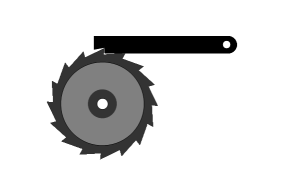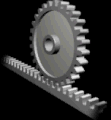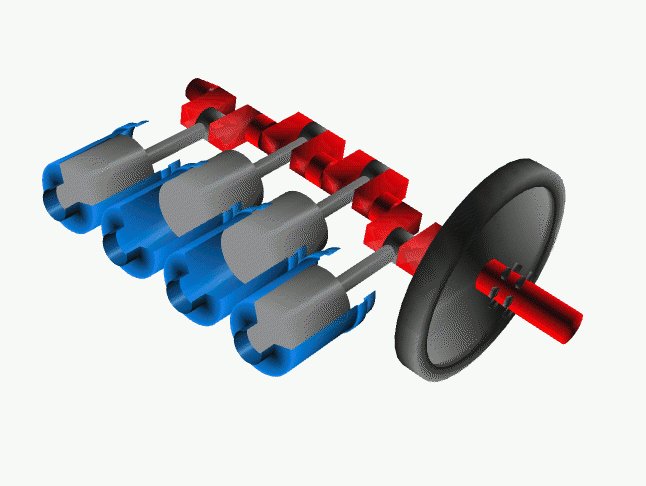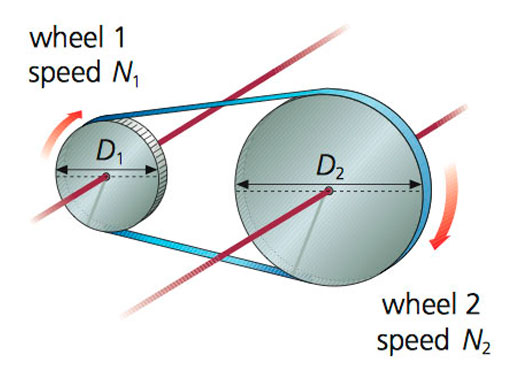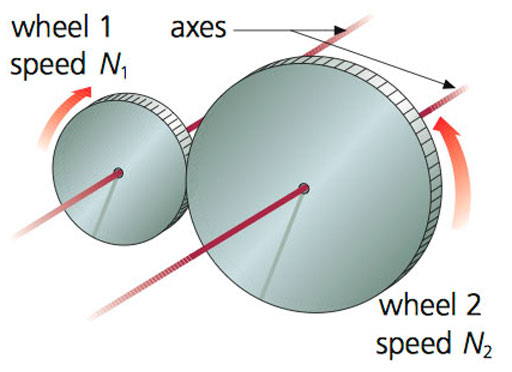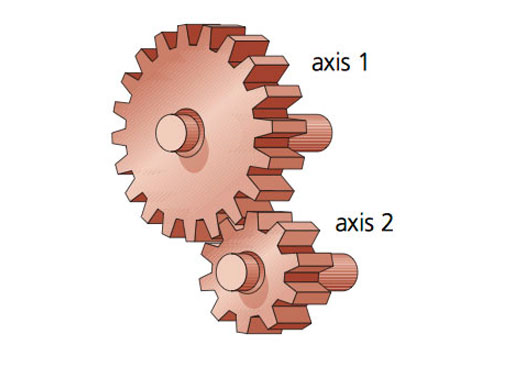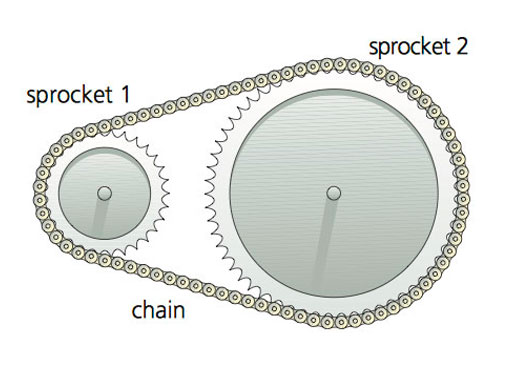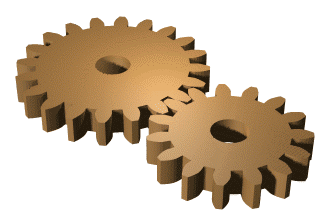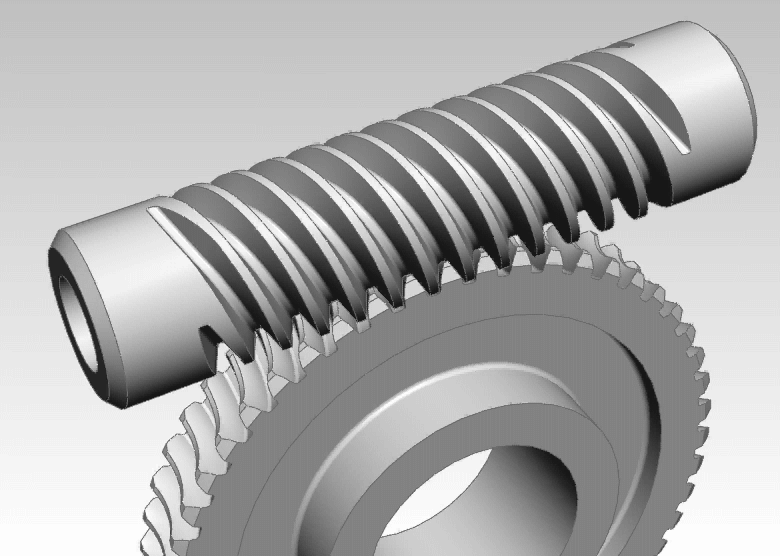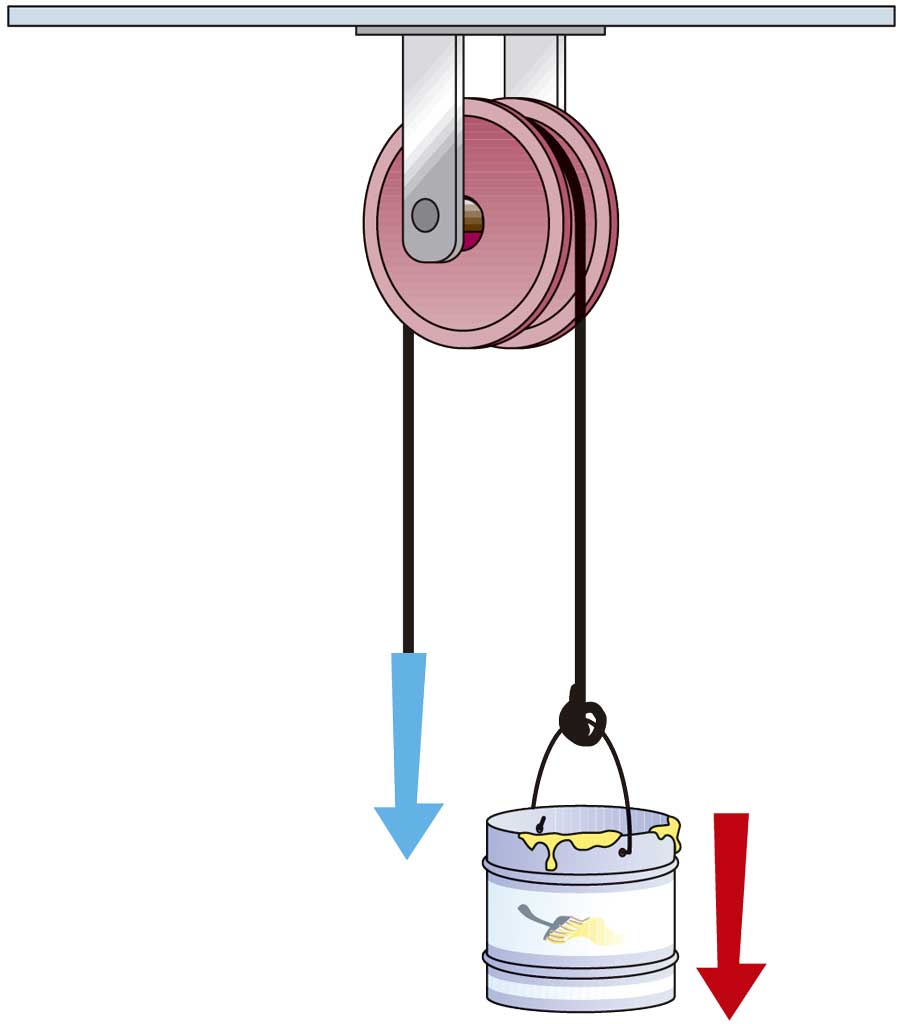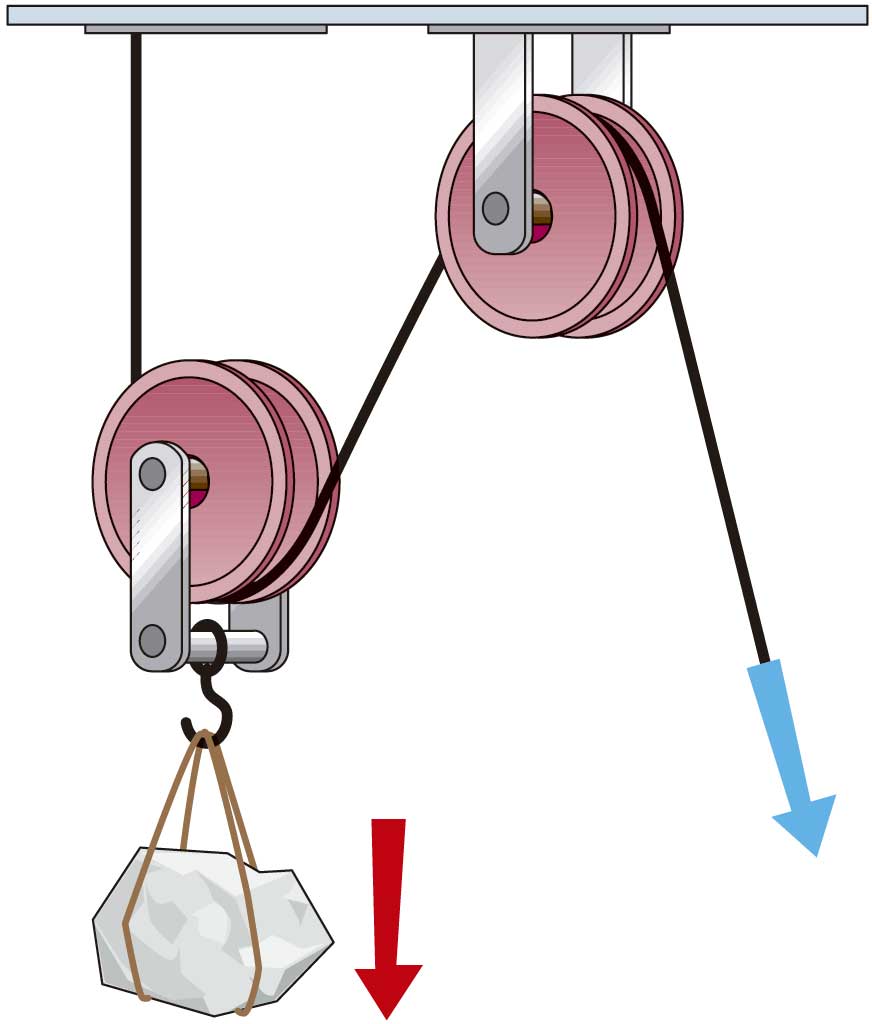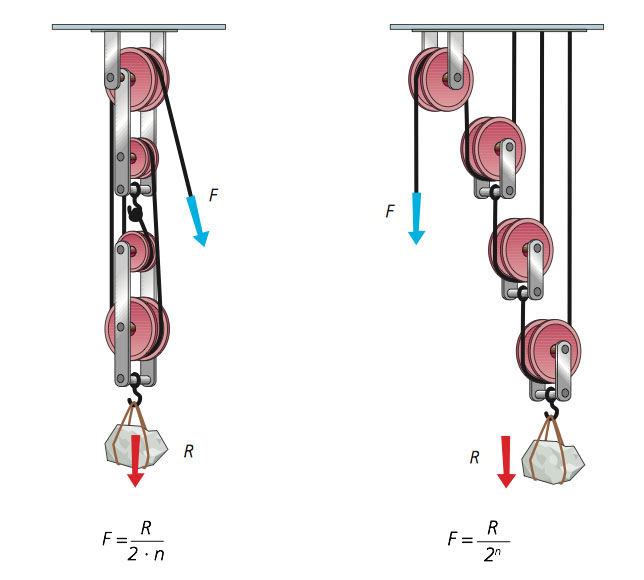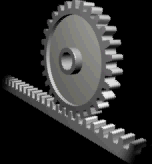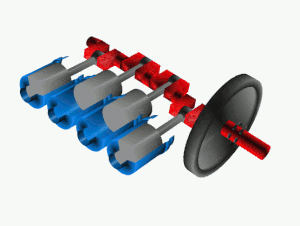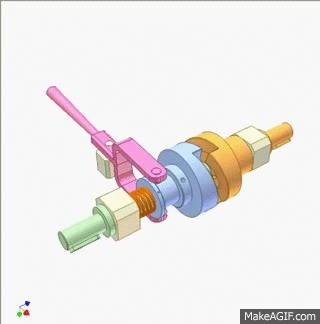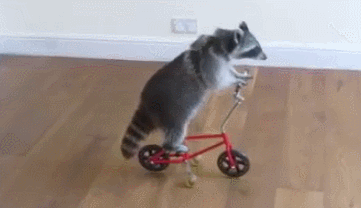DIRECTION CONTROL: ratchets
A rachet is a mechanism that controls the direction of motion. It allows motion in one direction, but not in the other.
SPEED REDUCTION: brakes
Brakes use friction to reduce speed and they are activated by levers that transmit force to an output receptor, which put pressure on the wheel. This produces friction, and slow down the wheel.
There are various types of brakes according to where the friction is produced:
⇨Band brakes: A drum is connected to an axle. A flexible band applies pressure to the outside of the drum.
⇨Drum brakes: A drum is connected to the axle. A pair of brake shoes apply pressure to the inside of the drum.
